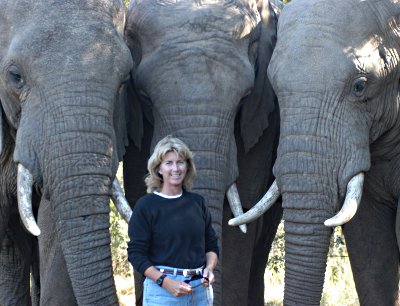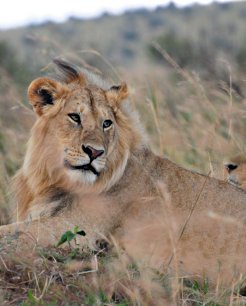
Meeting Abstract
How far can a polar bear swim? The answer to that one question could have altered the course of the global warming movement and prevented the current public distrust of environmental scientists. Yet, as is the case for many large (> 25 kg) mammals, the basic survival energetics of the polar bear (Ursus maritimus) remain poorly studied. At a time when understanding animal capacities and resiliency in the face of human perturbation is crucial to species survival, there remains a surprising paucity of data concerning how apex (top-of-the-food chain) predators are built to live on a landscape. Here I examine the role of energetics in the conservation of apex species by comparing data from micro-instrumentation deployed on free-ranging marine (pinnipeds, cetaceans) and terrestrial (lions, elephants) mammals. Instantaneous costs for foraging on land or at sea (COTHUNT), varied markedly from predicted energetic values typically used in ecological models. While the COTHUNT of terrestrial carnivores averaged 3-4 times predicted levels, the values determined for diving mammals were often lower than predicted and depended on routine dive depths. Because these energetic costs dictate resource demands of individual species, such variability affects our ability to prevent human-predator conflicts, anticipate anthropogenic disturbance to wildlife, and underlies the success or failure of animal reintroductions and wildlife reserve designs. In view of this and the stabilizing influence of large mammals on ecosystems, disease transmission, as well as water, soil and air quality, the unique biology of big, wild mammals represents an underlying mechanism driving our own survival (Supported by NSF IDBR, NSF Polar Programs and ONR).
Dr. Terrie Williams is Professor of Ecology and Evolutionary Biology, as well as the Principal Investigator of the Mammalian Physiology Lab, at the University of California, Santa Cruz. She received her MS and Ph.D. from Rutgers University and was a NIH Postdoctoral Fellow at Scripps Institute of Oceanography. She is a comparative physiologist who has published extensively in comparative exercise physiology and conservation biology with respect to large mammals. Her interests in large mammal physiology has led her to studies that include thermoregulation of fur seals, sea lions, and elephants, energetics in killer whales and metabolism of cougars and other big cats. Dr. Williams is an accomplished author of “The Odyssey of KP2: An Orphan Seal, a Marine Biologist, and the Fight to Save a Species,” and this book was a result of her commitment to conserving the endangered monk seal. Her awards are too numerous to list but include the 2007 Women of Discovery Award from Wings World Quest; an award shared by Jane Goodall. Terrie Williams is ranked among the 50 most important women in science in this country. 


